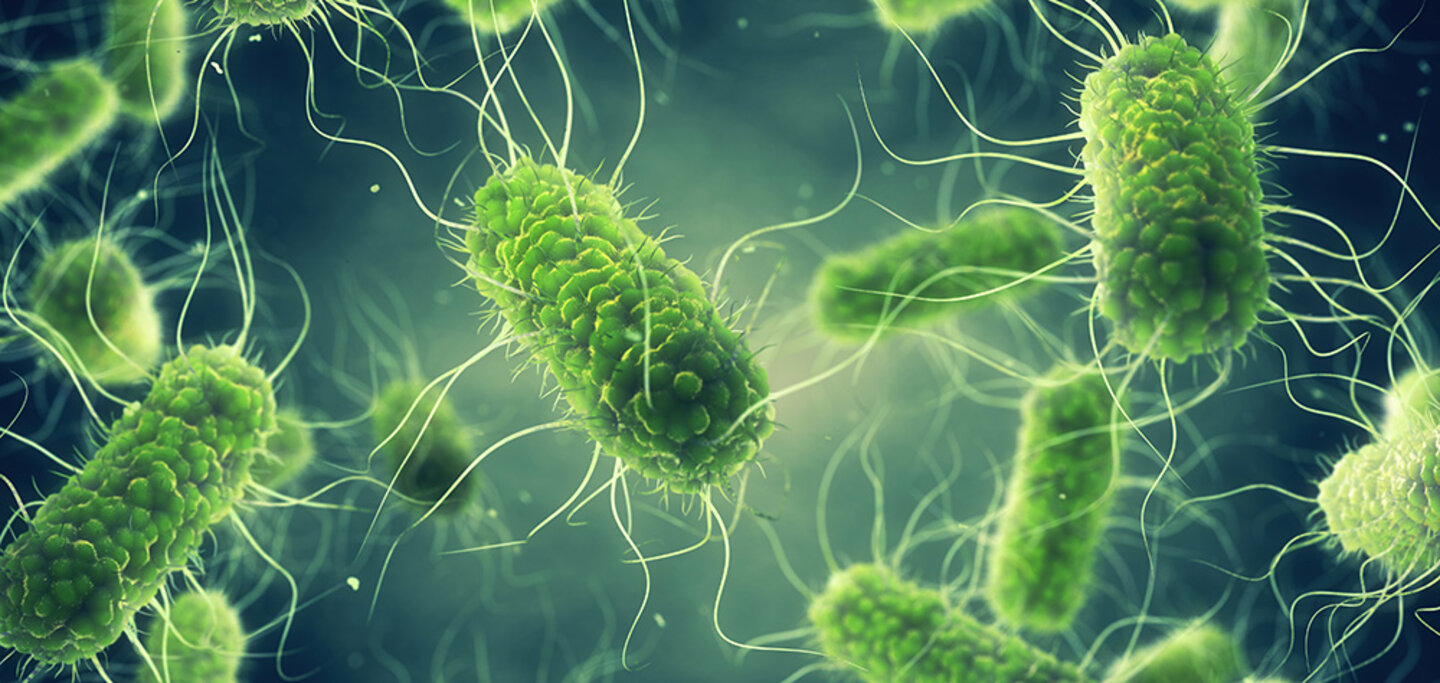
Many species of Salmonella bacteria exist; several cause foodborne illness. Salmonella bacteria are classified as either "typhoidal" or "nontyphoidal," based on their serotype.
- Typhoidal Salmonella refers to the specific Salmonella serotypes which cause typhoid fever or paratyphoid fever. Most people in the United States with these illnesses were infected during international travel. The chances of getting typhoid fever or paratyphoid fever in the United States are very low.
- Nontyphoidal Salmonella refers to all other Salmonella serotypes. This article will focus on Nontyphoidal Salmonella.
Sources:
- Contaminated food
- Drinking or having contact with contaminated water
- Animals and their environments, particularly reptiles (snakes, turtles, lizards), amphibians (frogs), birds (baby chicks) and pet food and treats.
Associated foods:
- Raw or undercooked meat and poultry products;
- Raw or undercooked eggs and egg products;
- Raw or unpasteurized milk and other dairy products
- Raw fruits and vegetables
Microorganism Characteristics: Gram-negative, non-sporeforming rod-shaped
The Disease: Salmonellosis is an infection caused by the bacteria Salmonella.
Symptoms include:
- Nausea
- Vomiting
- Diarrhea
- Cramps
- Fever
Onset time:
- 6 hours to 6 days
Duration of symptoms:
- Generally 4 to 7 days, with acute symptoms usually lasting 1 to 2 days or longer
Control:
- Thoroughly cook all poultry, poultry products, eggs, ground meat products and fish.
- Use only pasteurized milk.
- Thoroughly wash hands before and handling raw meat, poultry and egg products.
- Use clean utensils and surfaces to prepare foods.
- Wash utensils, cutting boards and surfaces thoroughly with hot soapy water and rinse before preparing foods.
Sources:
Bad Bug Book, Foodborne Pathogenic Microorganisms and Natural Toxins. Second Edition., Food and Drug Administration (FDA)
Bacteria and Viruses: FoodSafety.gov
Clinical Overview of Salmonellosis, Centers for Disease Control and Prevention
Salmonella Questions and Answers, United States Department of Agriculture (USDA)
Salmonella (Salmonellosis), U.S. Food and Drug Administration
Typhoid Fever and Paratyphoid Fever, Centers for Disease Control and Prevention
This article has been peer-reviewed. It was updated in 2024.
Tags:



